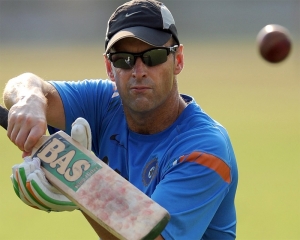To improve preparedness for flash floods, the India Meteorological Department (IMD) has prepared a Flash Flood Guidance System (FFGS) that will predict flood in six hours in advance in the country.
According to Director General of the IMD, KJ Ramesh, the trial is going on the new technology and it will be commissioned in July.
The IMD’s upcoming system is of significance, especially for India, where nearly 12 per cent of the landmass is prone to floods and river erosion. India is among the ten most disaster-prone countries in the world, according to a report by the Government of India and United Nations Development Programme (UNDP).
“India has been designated as a nodal centre for preparing flash-flood forecasts by the World Meteorological Organization (WMO). That means India will have to develop a customised model that can issue advance warning of floods in Bangladesh, Bhutan, Nepal and Sri Lanka,” Ramesh added.
According to Ramesh, the Flash Flood Guidance System will use existing satellites and on-ground equipment to track real-time rainfall in any part of the country.
“Since the soil’s ability to absorb rainwater influences the probability of flash floods, the early-warning system will use data like soil moisture, soil temperature, levels of soil saturation, and the topography of the land, to predict flash floods up to six hours in advance”, he added.
“Some moisture is retained by the soil when it rains. Once the soil gets saturated, the runoff — outflow from the soil — starts. Until then, whatever rain has come will be absorbed by the soil. Local hydrology will be computed on daily basis [under the new system]. The whole of India has been divided into about 28,800 micro watersheds, each about 52 to 56 square kilometres in size. At that scale, the soil hydrology model will be run on a daily basis by which you can clearly assess the runoff potential of the soil of an area,” Ramesh said.
Ramesh said that the FFGS would be able to ascertain how temperature, soil and rainfall were interacting and “when incremental runoff starts” from the soil. Whether the runoff will lead to flash floods is something that the intensity of rainfall will determine.
The IMD officials said in States like Rajasthan and Madhya Pradesh, where the soil is more absorbent, even 100 to 200 millimetres (4 to 8 inches) of rainfall may not cause floods. But circumstances differ for other terrains. In regions like Ladakh, where the terrain consists mostly of loose soil, flash floods can occur with less rainfall.
According to the World Meteorological Organisation, flash floods account for 85 per cent of flooding cases across the world, resulting in the loss of lives of some 5,000 people each year.

























